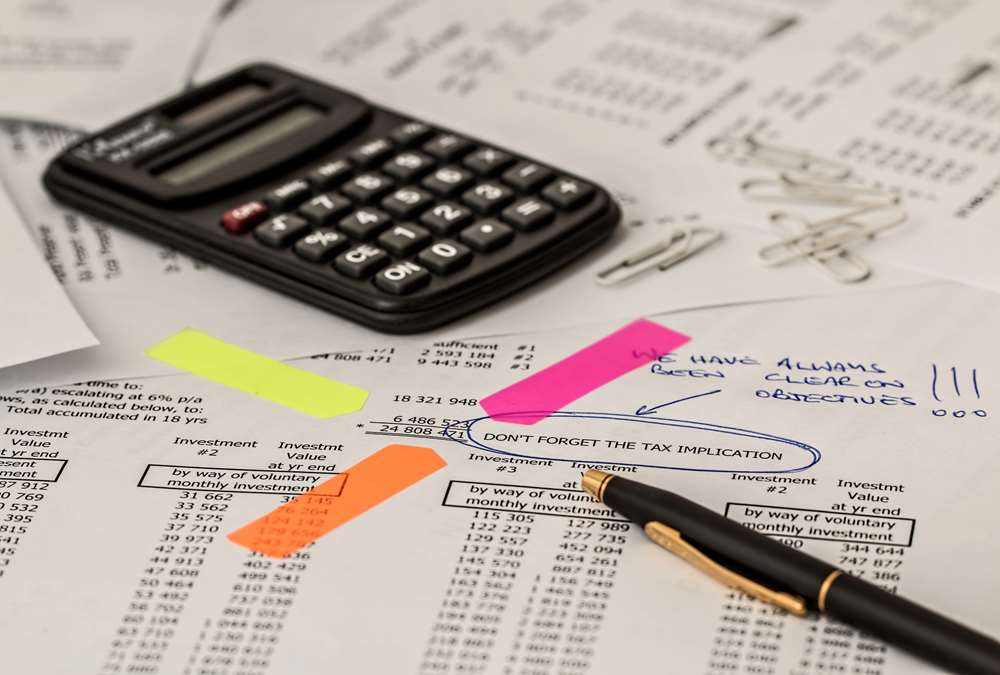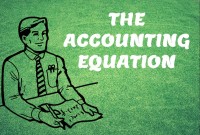- Home
- Business Processes
- Industry Knowledge
- Aerospace Industry
- Automotive Industry
- Banking Domain
- BFSI Industry
- Consumer/ FMCG Industry
- Chemicals Industry
- Engineering & Construction
- Energy Industry
- Education Domain
- Finance Domain
- Hospitality Domain
- Healthcare Industry
- Insurance Domain
- Retail Industry
- Travel and Tourism Domain
- Telecom Industry
- Leadership Skills
- eLearning
- Home
- Business Processes
- General Ledger (Record to Report)
- The Accounting Process
The Accounting Process
In this article we will focus on and understand the accounting process which enables the accounting system to provide the necessary information to business stakeholders. We will deep dive into each of the steps of accounting and will understand how to identify accounting transactions and the process for recording accounting information and transactions.
In this article, we will focus on and understand the accounting process which enables the accounting system to provide the necessary information to business stakeholders. We will deep dive into each of the steps of accounting and will understand how to identify accounting transactions and the process for recording accounting information and transactions.
Step 1: Identifying Business Stakeholders:
A business stakeholder is a person or entity having an interest in the economic performance of the business. These stakeholders normally include the owners, managers, employees, customers, creditors, and the government.
1. Owners of the Business:
The owners who have invested resources in the business clearly have an interest in how well the business performs. Most owners want to get the most economic value for their investments and they want to maximize the total economic worth of the business. This economic worth includes results of past profits and also reflects prospects for future profits.
2. Managers & the Management:
The managers are the individuals who have been authorized to operate the business on a day to day basis. They are responsible for various functions of the business as per the agreed roles and responsibilities between them and the owners. Managers are primarily evaluated on the economic performance of the business and therefore they also have an interest in maximizing the economic performance of the business.
3. Employees:
The employees provide services to the business in exchange for a paycheck. The employees have an interest in the economic performance of the business because their jobs depend upon it. The better is the economic performance of the business the more security and compensation it offers to the employees.
4. Customers:
The customers usually also have an interest in the continued success of a business. For example, if the company fails on economic performance it may not be able to fulfill its promised obligations making the customers suffer.
5. Creditors:
Like the owners, the creditors invest resources in the business by extending credit, such as a loan or supplying material on credit. They have an interest in how well the business performs because there recovery of credit/investment depends on the capability of the business generating enough cash to pay them back.
6. Governments:
Various governments and statutory bodies have an interest in the economic performance of businesses. Central and State governments collect taxes from businesses within their jurisdictions. Statutory bodies levy various taxes that are based on the economic performance of the business. The better a business does, the more taxes these bodies can collect.
Step 2: Understanding Accounting Needs:
The accounting process starts with the identification of its stakeholders. Discussion in the last paragraph will help you understand who could be a stakeholder for your business and identify the correct stakeholders. The next step in the accounting process is to assess the various information needs of those stakeholders and design the accounting system to meet those needs.
Step 3: Identifying Accounting Transactions:
The next step is to identify the events and activities that have an economic or monetary impact that is to identify accounting transactions. Every economic activity conducted within a business has a direct or indirect effect on the finances of the company. These economic transactions need to be recorded. The accounting process begins with identifying which transactions to record. For economic activity to be considered a transaction, it must be able to be expressed in monetary terms. Also, transactions must be related to the business – stakeholders' or owners' private expenses are never included with business transactions.
Step 4: Recording Transactions:
The next step in the accounting process is to record business activity by entering what accounts a transaction affects and how. Recording transactions includes documenting revenues (by invoices or sales receipts), and entering purchases (in the account payable account) and expenditures (in the check register). This step sometimes also involve high-level accounting tasks, such as recording sales orders, tracking prospective customers, and projecting sales opportunities and cash flow.
To record and classify a transaction to appropriate accounts, a proper understanding of the accounting equation is and accounting standards and practices is a must. Calculating and summarizing transactions in a traditional accounting system is a tedious process and automated accounting frees accountants from these repetitive tasks by calculating and summarizing hundreds or thousands of individual transactions and generating reports to satisfy a variety of stakeholders.
Step 5: Preparing Accounting Reports:
Finally, once the accounting system records the economic data about business activities and events, the next logical step is to prepare the business reports and provide them to the stakeholders according to their informational needs. The double-entry system enables accountants to prepare some standard reports like trial balance, profit, and loss account and balance sheet. Accounting reports are based on generally accepted accounting standards and these reports are powerful tools to help the business owner, accountant, banker, or investor analyze the results of their operations.
Stakeholders use accounting reports as a primary source of information on which they base their decisions. They use other information as well. For example, in deciding whether to extend credit to a company, a banker might use economic forecasts to assess the future demand for the company’s products. The banker might inquire about the ability and reputation of the managers of the business.
Related Links
You May Also Like
-
What Is a General Ledger? General Ledger (also known in accounting as the GL or the Nominal Ledger) is at the heart of any accounting system. A general ledger is the master set of accounts that summarize all transactions occurring within an entity. Ledger is the skillful grouping and presentation of the Journal entries. Learn the accounting fundamentals, general ledger process, and general ledger flow.
-
There are two commonly used methods of accounting - Cash Basis and the Accruals Basis. Understand the difference between accruals and reversals. Recap the earlier discussion we had on accruals and reversals and see the comparison between these two different but related accounting concepts. Understand how the action of accruing results in reversals subsequently in the accounting cycle.
-
An organizational design is the process by which a company defines and manages elements of structure so that an organization can control the activities necessary to achieve its goals. Good organizational structure and design helps improve communication, increase productivity, and inspire innovation. Organizational structure is the formal system of task and activity relationships to clearly define how people coordinate their actions and use resources to achieve organizational goals.
-
Multi Currency - Functional & Foriegn
Currency is the generally accepted form of money that is issued by a government and circulated within an economy. Accountants use different terms in the context of currency such as functional currency, accounting currency, foreign currency, and transactional currency. Are they the same or different and why we have so many terms? Read this article to learn currency concepts.
-
Driving Business Efficiency through Divisions and Departments
In case of a multi-divisional organizational structure, there is one parent company, or head-office. And that parent owns smaller departments, under the same brand name. Dividing the firm, into several self-contained, autonomous units, provides the optimal level of centralization, in a company.
-
Multitude of these legal and operational structures clubbed with accounting and reporting needs give rise to many reporting dimensions at which the organization may want to track or report its operational metrics and financial results. This is where business dimensions play a vital role.
-
In this article we will help you understand the double-entry accounting system and state the accounting equation and define each element of the equation. Then we will describe and illustrate how business transactions can be recorded in terms of the resulting change in the elements of the accounting equation.
-
In this article we will focus on and understand the accounting process which enables the accounting system to provide the necessary information to business stakeholders. We will deep dive into each of the steps of accounting and will understand how to identify accounting transactions and the process for recording accounting information and transactions.
-
Concept of Representative Office
A representative office is the easiest option for a company planning to start its operations in a foreign country. The company need not incorporate a separate legal entity nor trigger corporate income tax, as long as the activities are limited in nature.
-
McKinsey 7S Framework is most often used as an organizational analysis tool to assess and monitor changes in the internal situation of an organization. The model is based on the theory that, for an organization to perform well, seven elements need to be aligned and mutually reinforcing.
Explore Our Free Training Articles or
Sign Up to Start With Our eLearning Courses

About Us
Learning
© 2023 TechnoFunc, All Rights Reserved










